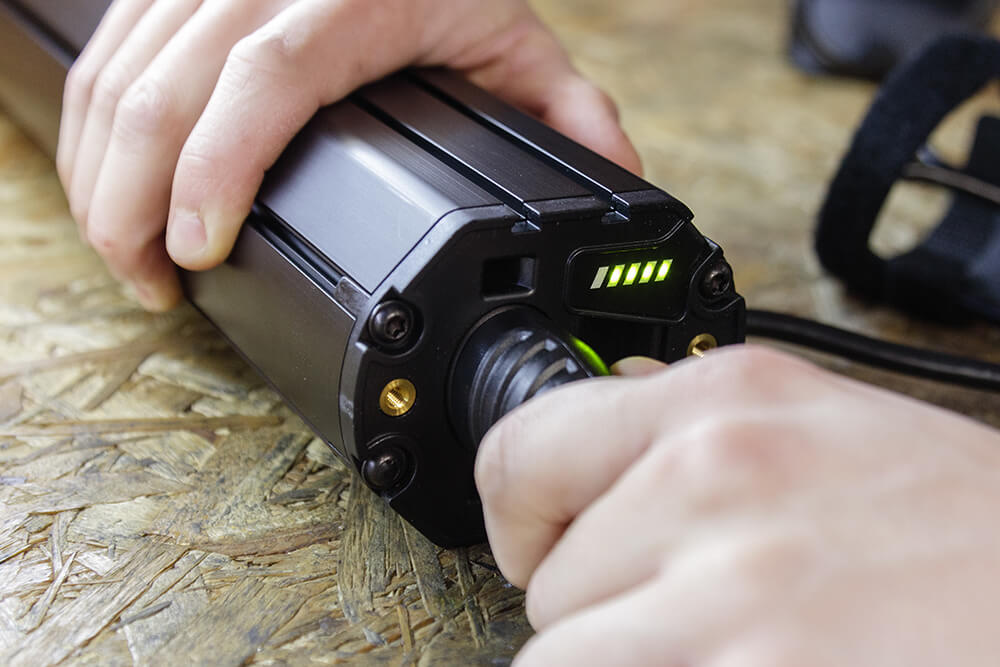What Size Battery Is Best For An Electric Bike?
The battery size for your electric bike will depend on various factors, including the size, brand and style of your e-bike.
When choosing the best battery size for your electric bike (eBike), several factors come into play, including battery management systems, battery capacity, and the type of battery itself.
Understanding these elements can help you make an informed decision about the right battery size to meet your needs and optimise your riding experience.
Understand Your E-Bikes Battery Capacity
Battery capacity is a critical factor in determining how long your eBike can run on a single charge. Measured in watt-hours (Wh) and ampere-hours (Ah), battery capacity directly affects your bike’s range and performance.
- Amp Hours (Ah): This measures the battery’s capacity in terms of how much current it can provide over a certain period. For instance, a 10 Ah battery can deliver 10 amps of current for one hour or one amp of current for 10 hours.
- Watt Hours (Wh): This is a more comprehensive measure of battery capacity, calculated as the product of voltage (V) and ampere-hours (Ah). For example, a 500 Wh battery provides more energy and thus typically offers a longer range compared to a lower capacity battery.

Choosing The Right Battery Size
When selecting the appropriate battery size for your eBike, consider the following factors:
- Battery Capacity and Range: Larger capacity batteries generally offer a longer range. For example, a 500 Wh battery will allow for more miles on a single charge compared to a smaller capacity battery. If you plan on long rides or daily commutes, opting for a larger capacity battery might be beneficial.
- Battery Management System (BMS): The battery management system (BMS) is crucial for monitoring the health and safety of your battery. It ensures that your battery operates within safe parameters and helps extend its lifespan. Modern eBike batteries come with advanced BMS features to manage the performance and safety of lithium-ion (Li-ion) batteries.
- Battery Types: The most common types of batteries used in eBikes are lithium-ion (Li-ion) batteries and lead-acid batteries. Lithium-ion batteries are preferred for their higher energy density, lighter weight, and longer lifespan compared to lead-acid batteries.
- Size and Weight: The size and weight of the battery can affect your bike’s handling and performance. Larger capacity batteries are usually heavier, so balance your need for range with the impact on your bike’s weight.
Comparing Battery Brands and Types
Different battery brands offer various battery packs with distinct specifications. When choosing a battery, it’s essential to compare different brands and their offerings to find the best match for your needs. Pay attention to the battery’s capacity, voltage, and overall quality.
- Li-ion Batteries: These are the most popular choice for eBikes due to their high energy density and efficiency.
- Lead Acid Batteries: Although cheaper, they are heavier and have a lower energy density compared to lithium-ion batteries.
We Recycle Lithium Electric Bike Batteries
At Lithium Cycle, we collect and recycle lithium batteries from ebikes in bulk loads. Whether you are an ebike manufacturer, retailer, or service provider, we can provide sustainable disposal services.
This ensures that your lithium waste is not only dealt with safely, but also using environmentally friendly methods. As a business producing battery waste, it is essential you follow hazardous waste guidelines with the support of a professional waste management team.
